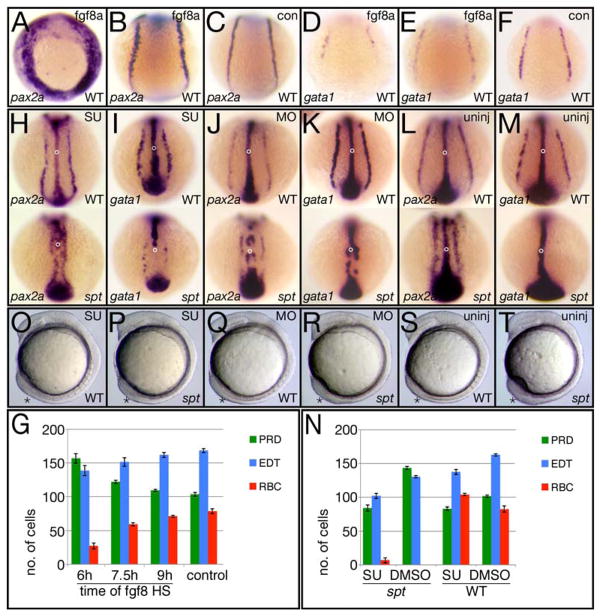Figure 8. Altering Fgf8a signaling activity changes the balance of intermediate mesoderm-derived fates.
(A–G) Overexpressing fgf8a by heat-shock effects individual intermediate mesoderm fates differently. (A–F) in situ analysis at 12 hours after heat shock of the transgene at 6 hours showing different examples of the phenotypes. Control siblings (con) not carrying the transgene, were also heat-shocked. pax2a expression identifies pronephric precursors (PRD), gata1 expression identifies red blood precursors (BLD) and (not shown) fli1a expression identifies endothelial precursors (EDT). (G) Quantification of precursor cells at 12 hours after heat shock at 6, 7.5 or 9 hours. Graphs show the average number of cells per fate and the standard error.
(H–T) Inhibiting Fgf8a activity effects individual intermediate mesoderm fates in an opposite manner to overexpression. (H–M) in situ analysis at 12 hours of embryos exposed to Su5402 for one hour at 6 hours (H, I), injected at the 2 to 8-cell stage with the fgf8a morpholino (K, L) and their uninjected siblings (L, M). Embryos were also probed with ntl to monitor the effect on morphogenesis (open circle designates the notochord). Note that the tailbud marked by ntl expression is also smaller in all the SU5402 treated and fgf8a morphant embryos. (N) Quantification of precursor cells at 12 hours after exposure to SU5402 for one hour at 6 hours. (O–T) Live embryos depicting the tailbud phenotype after one hour exposure to Su5402 at 6 hours (O, P), or following injection of the fgf8a morpholino (Q, R) and their uninjected siblings (S, T).
Embryos are shown from a (A–F and H–M) dorsal posterior view, or (O–T) left side view; asterisk designates the tailbud.

